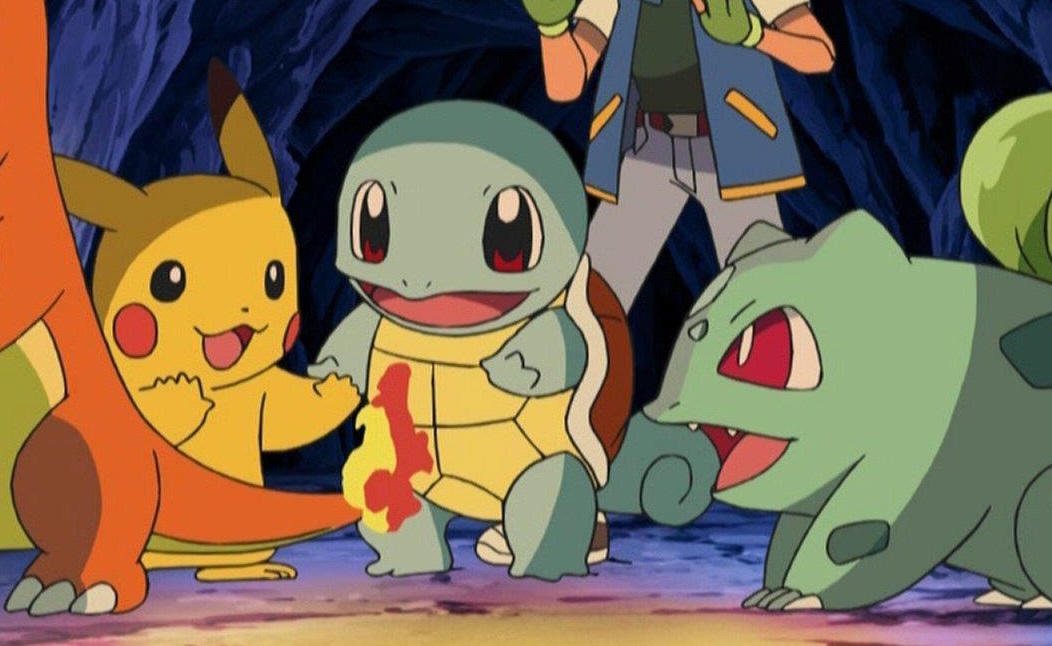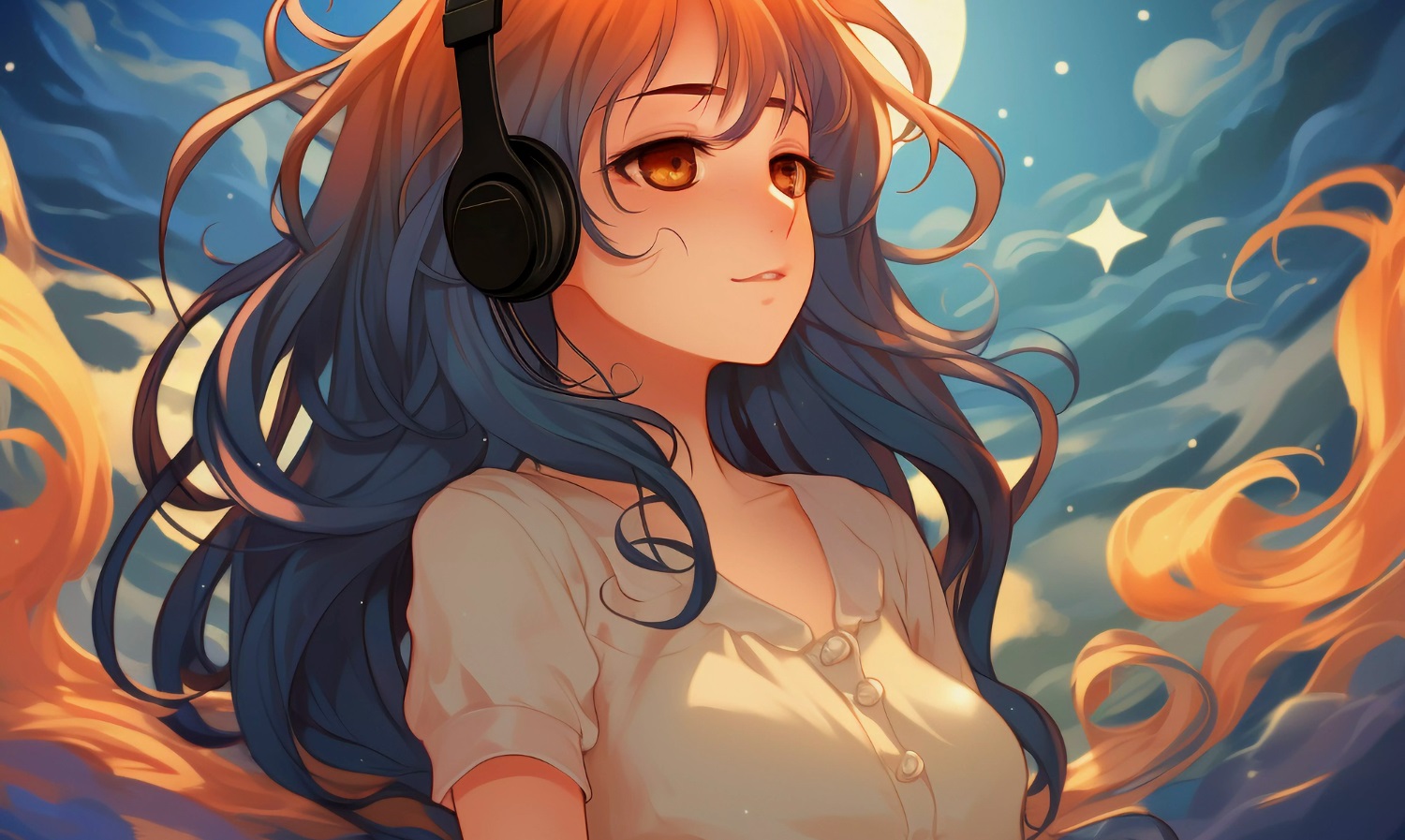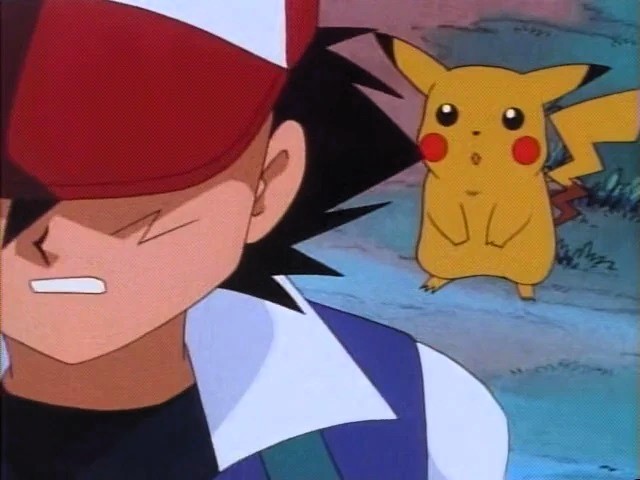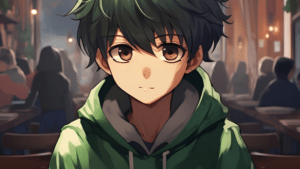The first season of Pokemon, known as Pokémon: Indigo League, holds a special place in the hearts of fans worldwide. Premiering in 1997 in Japan and 1998 in the United States, this season introduced us to the vibrant world of Pokémon, where we followed the adventures of Ash Ketchum and his loyal Pikachu. But what makes this season a timeless classic?
The First Season of Pokemon: The Journey Begins
The story kicks off with Ash Ketchum, a ten-year-old boy from Pallet Town, who dreams of becoming a Pokémon Master. Armed with his first Pokémon, Pikachu, Ash sets out on a journey to collect Gym Badges and compete in the Pokémon League. This simple yet compelling premise captivated audiences, as it mirrored the player’s journey in the Pokémon games.

Iconic Characters
One of the key reasons for the enduring popularity of the first season is its memorable characters. Ash’s determination, Pikachu’s cuteness, and the quirky personalities of Misty and Brock created a dynamic and relatable group. Team Rocket’s Jessie, James, and Meowth added a perfect blend of humor and villainy, making them fan favorites despite their antagonistic roles.
Emotional Moments in POKEMON
The first season is filled with emotional highs and lows that resonate with viewers of all ages. Episodes like “Bye Bye Butterfree” and “Pikachu’s Goodbye” tugged at our heartstrings, showcasing the deep bonds between Pokémon and their trainers. These moments of genuine emotion helped the series transcend the typical boundaries of children’s entertainment.
Catchy Theme Song, “Gotta Catch ‘Em All”
Who can forget the iconic theme song, “Gotta Catch ‘Em All”? Its catchy tune and motivational lyrics became an anthem for Pokémon fans, encapsulating the spirit of adventure and determination that defines the series. The theme song’s popularity is a testament to its lasting impact on pop culture.
Timeless Lessons
Beyond the battles and adventures, Pokémon: Indigo League imparted valuable life lessons. Themes of friendship, perseverance, and the importance of caring for others were woven into the narrative, making it more than just a show about catching creatures. These timeless lessons continue to resonate with new generations of fans.

The Nostalgia of Pokémon
For many, the first season of Pokémon is a nostalgic trip down memory lane. It represents a simpler time when Saturday mornings were spent watching Ash and Pikachu’s adventures. This nostalgia has kept the series alive in the hearts of fans, who now share it with their own children, ensuring its legacy endures.
Pokémon: Indigo League is more than just the beginning of a global phenomenon; it’s a timeless classic that continues to inspire and entertain. Its memorable characters, emotional storytelling, and valuable life lessons have left an indelible mark on pop culture.
As long as there are Pokémon fans, the adventures of Ash and Pikachu will remain a cherished part of our collective memory.
What are your favorite memories from the first season of Pokémon?
The Evolution of Pokémon: A Journey Through 34 Core Games
Since its inception in 1996, the Pokémon series has captivated millions of players worldwide. Over the years, the franchise has evolved, introducing new regions, Pokémon, and gameplay mechanics through the 34 core Pokémon games that have defined this beloved series.
The first season of Pokemon was based on the first Pokémon games. Here is a list of All Pokemon Games so far.
They are not gonna bring old pokemon games to nintendo online right? 🙁
byu/Mrspooky007 inSwitch
Generation I: The Beginning
- Pokémon Red and Green (1996, Japan) – The games that started it all, introducing 151 Pokémon and the Kanto region.
- Pokémon Blue (1996, Japan) – An enhanced version of Red and Green.
- Pokémon Red and Blue (1998, International) – The international debut of the series.
- Pokémon Yellow (1999) – A special edition featuring Pikachu as the starter Pokémon.
Generation II: A New Era
- Pokémon Gold and Silver (2000) – Introducing the Johto region and 100 new Pokémon.
- Pokémon Crystal (2001) – An enhanced version of Gold and Silver with additional features.
Generation III: Advanced Adventures
- Pokémon Ruby and Sapphire (2003) – Set in the Hoenn region with 135 new Pokémon.
- Pokémon FireRed and LeafGreen (2004) – Remakes of the original Red and Green games.
- Pokémon Emerald (2005) – An enhanced version of Ruby and Sapphire.
Generation IV: The Dawn of a New Age
- Pokémon Diamond and Pearl (2007) – Introducing the Sinnoh region and 107 new Pokémon.
- Pokémon Platinum (2009) – An enhanced version of Diamond and Pearl.
- Pokémon HeartGold and SoulSilver (2010) – Remakes of Gold and Silver with updated features.
Generation V: Unova Unleashed
- Pokémon Black and White (2011) – Set in the Unova region with 156 new Pokémon.
- Pokémon Black 2 and White 2 (2012) – Direct sequels to Black and White with new storylines.
Generation VI: A Leap Forward
- Pokémon X and Y (2013) – Introducing the Kalos region and 72 new Pokémon, along with Mega Evolutions.
- Pokémon Omega Ruby and Alpha Sapphire (2014) – Remakes of Ruby and Sapphire with new features.
Generation VII: Alola Adventures
- Pokémon Sun and Moon (2016) – Set in the Alola region with 81 new Pokémon and regional variants.
- Pokémon Ultra Sun and Ultra Moon (2017) – Enhanced versions of Sun and Moon with additional story content.
- Pokémon Let’s Go, Pikachu! and Let’s Go, Eevee! (2018) – Remakes of Yellow with Pokémon GO integration.
Generation VIII: Galar and Beyond
- Pokémon Sword and Shield (2019) – Introducing the Galar region and 89 new Pokémon, along with Dynamax and Gigantamax forms.
- Pokémon Sword and Shield Expansion Pass (2020) – Adding new areas and Pokémon to Sword and Shield.
- Pokémon Brilliant Diamond and Shining Pearl (2021) – Remakes of Diamond and Pearl.
- Pokémon Legends: Arceus (2022) – A prequel set in the Hisui region, focusing on exploration and capturing Pokémon in their natural habitats.
Generation IX: The Latest Frontier
- Pokémon Scarlet and Violet (2022) – Introducing the Paldea region and new gameplay mechanics.
Special Editions and Remakes
- Pokémon Yellow (1999) – A special edition featuring Pikachu as the starter Pokémon.
- Pokémon Crystal (2001) – An enhanced version of Gold and Silver with additional features.
- Pokémon Emerald (2005) – An enhanced version of Ruby and Sapphire.
- Pokémon Platinum (2009) – An enhanced version of Diamond and Pearl.
- Pokémon HeartGold and SoulSilver (2010) – Remakes of Gold and Silver with updated features.
- Pokémon Black 2 and White 2 (2012) – Direct sequels to Black and White with new storylines.
- Pokémon Omega Ruby and Alpha Sapphire (2014) – Remakes of Ruby and Sapphire with new features.
- Pokémon Ultra Sun and Ultra Moon (2017) – Enhanced versions of Sun and Moon with additional story content.
- Pokémon Let’s Go, Pikachu! and Let’s Go, Eevee! (2018) – Remakes of Yellow with Pokémon GO integration.
- Pokémon Brilliant Diamond and Shining Pearl (2021) – Remakes of Diamond and Pearl.
From the humble beginnings in Kanto to the expansive adventures in Paldea, the core Pokémon games have continually evolved, offering new experiences while maintaining the charm that has captivated fans for decades.
Whether you’re a veteran Trainer or a newcomer, there’s always a new adventure waiting in the world of Pokémon.
Which Pokémon game is your favorite?
CREDITS:
- The Complete Collection (1997-99, English dub) – Archive.org
- List of original series episodes – Bulbapedia
- Pokemon Season 1-5 (English Subbed) – Archive.org
- en.wikipedia.org
- Image from The First Season of Pokemon – TV Intro, ASH, MISTY & BROCK
- Image Still from the episode ‘Bye Bye Butterfree’
- Image Still from the Episode ‘Pikachu’s Goodbye’
- Image Still from the Pokemon Anime in which Charmander is sharing his flame
- Featured Image on top of post is from freepik.com (Designed by FREEPIK: Anime girl star lofi YouTube channel logo for soothing music)
- Yukong from Honkai Star Rail
- Images used Disclaimer: This website may contain copyrighted material, the use of which has not been specifically authorized by the copyright owner. I have determined this to be “fair use” of the copyrighted material as referenced and provided for in section 107 of the US Copyright Law. If you wish to use any copyrighted material from this document for purposes of your own that go beyond fair use, you must obtain express permission from the copyright owner.















